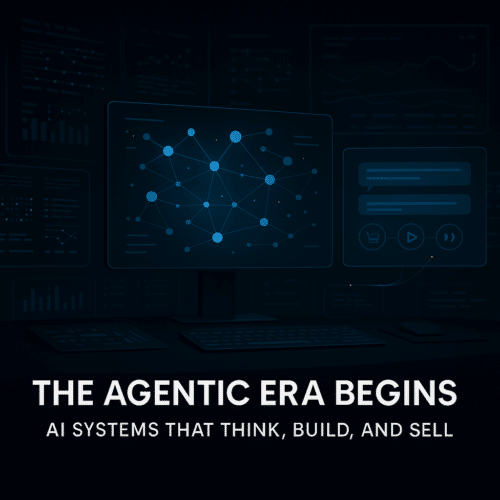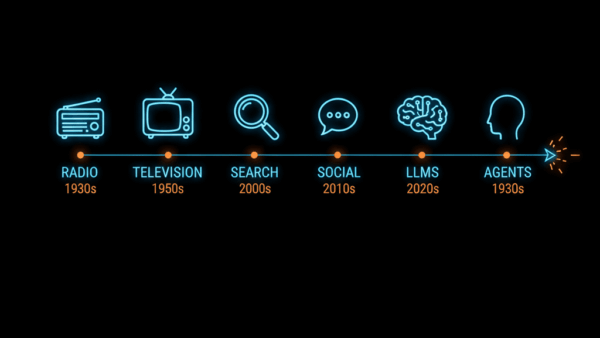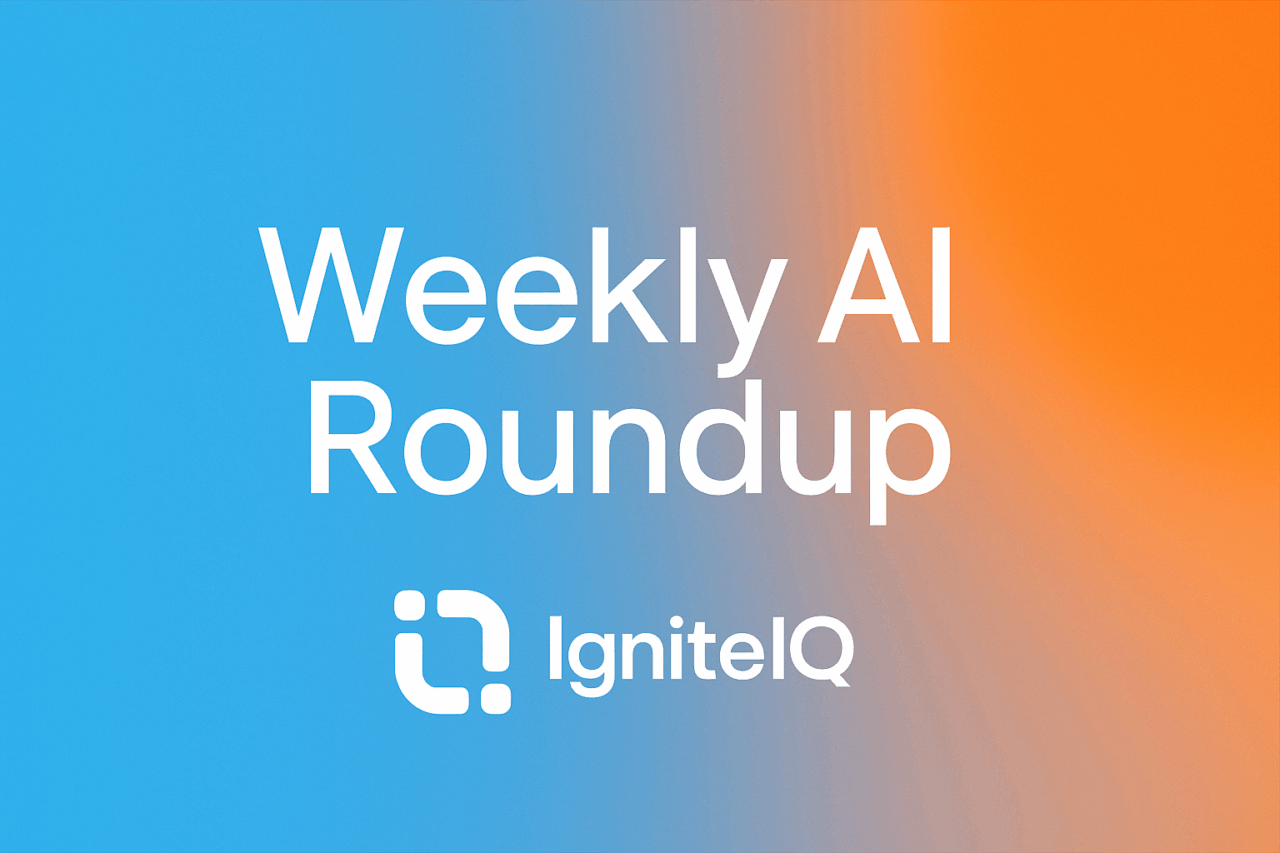What's new in the world of AI?
1. GPT-4.5 Deprecation & Transition
API Sunsetting: OpenAI confirmed that the GPT-4.5 Preview API will be fully deprecated on July 14, 2025, with GitHub Copilot removing GPT-4.5 support by July 7 (source). This move signals OpenAI’s push toward consolidating its model offerings and encouraging developers to transition to more efficient, scalable alternatives.
Community Backlash: Developers voiced frustration with the short lifespan of GPT-4.5, especially those who had built apps or workflows dependent on its output style and tone (source). This highlights a growing concern over LLM stability for production applications.
New Options: OpenAI recommends transitioning to GPT-4.1, o3, or o4-mini, which offer improved performance and lower cost (source). These models are optimized for a wider range of tasks, including reasoning, retrieval, and coding.
Takeaways:
Developers and enterprise users must complete migrations by July 14 to maintain service continuity.
Businesses should use this transition to re-evaluate prompt strategies and optimize for efficiency and cost.
2. GPT-5 Previews & Rumors
Launch Window: Industry chatter suggests a potential July or August 2025 launch window for GPT-5 (source). If accurate, this would mark a major milestone with a new generation of capabilities.
Features: GPT-5 is expected to unify OpenAI’s GPT and o-series architectures into a single, more capable model. It may introduce enhanced reasoning, multimodal capabilities (e.g., image, audio, and video inputs), and dynamic context switching (source).
Implications:
Teams building long-term AI workflows should begin designing for multimodal and context-aware interfaces.
Expect OpenAI to introduce new pricing or tiered features under ChatGPT Pro+ or API premium tiers.
3. BERT++: NeoBERT & MaxPoolBERT
NeoBERT: A newly released 250M-parameter model offering extended 4K token context and top-tier performance on the MTEB benchmark (paper). This model is ideal for fast, cost-effective semantic search and ranking.
MaxPoolBERT: A novel technique that boosts classification accuracy by aggregating token-level representations across multiple layers, requiring no additional pretraining (paper).
Usage Tips:
NeoBERT is well-suited for search, embeddings, and RAG pipelines where performance-to-cost ratio matters.
MaxPoolBERT can improve NLP classification tasks in domains with limited training data or compute.
4. Multimodal & Agentic AI Advances
Google Veo 3: Introduces synchronized video/audio generation capabilities for realistic digital storytelling (source). This represents a major step forward in AI-generated multimedia.
AlphaEvolve: An open-source model designed to iteratively refine and optimize generated code and algorithms (GitHub). It shows how LLMs can now play a deeper role in improving their own outputs.
Agentic AI: LDV Capital’s recent essay outlines the future of AI systems that act autonomously, using reasoning and physics-based engines to navigate digital environments. This is especially relevant for developers creating autonomous tools, assistants, or customer service flows.
Recommendations:
Explore Veo and Gemini Vision for storytelling, marketing, or educational applications.
Use AlphaEvolve for optimizing algorithmic workflows or iteratively improving internal tools.
Prototype low-risk agentic workflows in areas like internal ops, scheduling, or document routing.
5. AI in the Wild: Industry Highlights
Rebuild Efficiency: OpenAI engineers claim they can now recreate GPT-4 from scratch using internal tools and just 5–10 engineers, a drastic reduction from the original development requirements (source). This emphasizes the increasing maturity of LLM toolchains.
Meta Delay: Meta has delayed its anticipated “Behemoth” model launch until Fall 2025 due to subpar performance metrics during internal testing (source). This signals challenges even for well-funded AI labs.
Turing Test Breakthrough: GPT-4.5 reportedly passed a triple-blind Turing test, fooling 73% of human evaluators into thinking it was human (source). This raises new ethical and regulatory considerations.
Strategic Trends Table
| Trend | What It Means | Action Steps |
|---|---|---|
| GPT-4.5 Retirement | Faster model sunset cycles | Migrate apps, review contracts, update model references |
| Unified Multimodal Models | All-in-one AI models are the new normal | Start prototyping for voice, image, and chat interfaces |
| Encoder Model Comeback | BERT-based models are becoming relevant again | Replace legacy NLP with new lightweight models |
| Agentic AI | AI is beginning to act autonomously | Begin experimenting with agentic internal tools |
| MLOps Evolution | Model development is increasingly modular and replicable | Prioritize reproducible, containerized ML environments |
Rapid Action Plan
Complete GPT-4.5 migrations before July 14
Begin testing multimodal prompt compatibility in key workflows
Evaluate BERT-based models for new or updated NLP pipelines
Prototype an agentic assistant for an internal business process
Monitor OpenAI and Meta model launches to inform roadmap decisions
Further Reading
Summary: AI evolution is accelerating. With GPT-5 looming, agentic workflows taking shape, and foundational models like GPT-4.5 retiring at unprecedented speed, business leaders and developers alike must prepare for shorter innovation cycles and more autonomous systems. Now is the time to build smart, fast, and future-ready.
Matt Lawler

AI Update
Insights / AI News & Updates OpenAI’s Agentic Revolution, Sora 2’s Video Leap, and the AI Regulation Wave The past five weeks marked a new

Weekly AI Update | September 1st, 2025
Insights / AI Weekly Roundup: September 1st, 2025 Google ups the ante, AI agents go enterprise, creativity gets a jolt, and trust defines the new

The Home Service Owner’s Guide to Getting the Most Out of ServiceTitan Marketing Pro
The Home Service Owner’s Guide to Getting the Most Out of ServiceTitan Marketing Pro Marketing Pro Is Powerful. But Are You Using Its Full Potential?

